ABOUT BORNEO BIG 5
Meet The
Animals
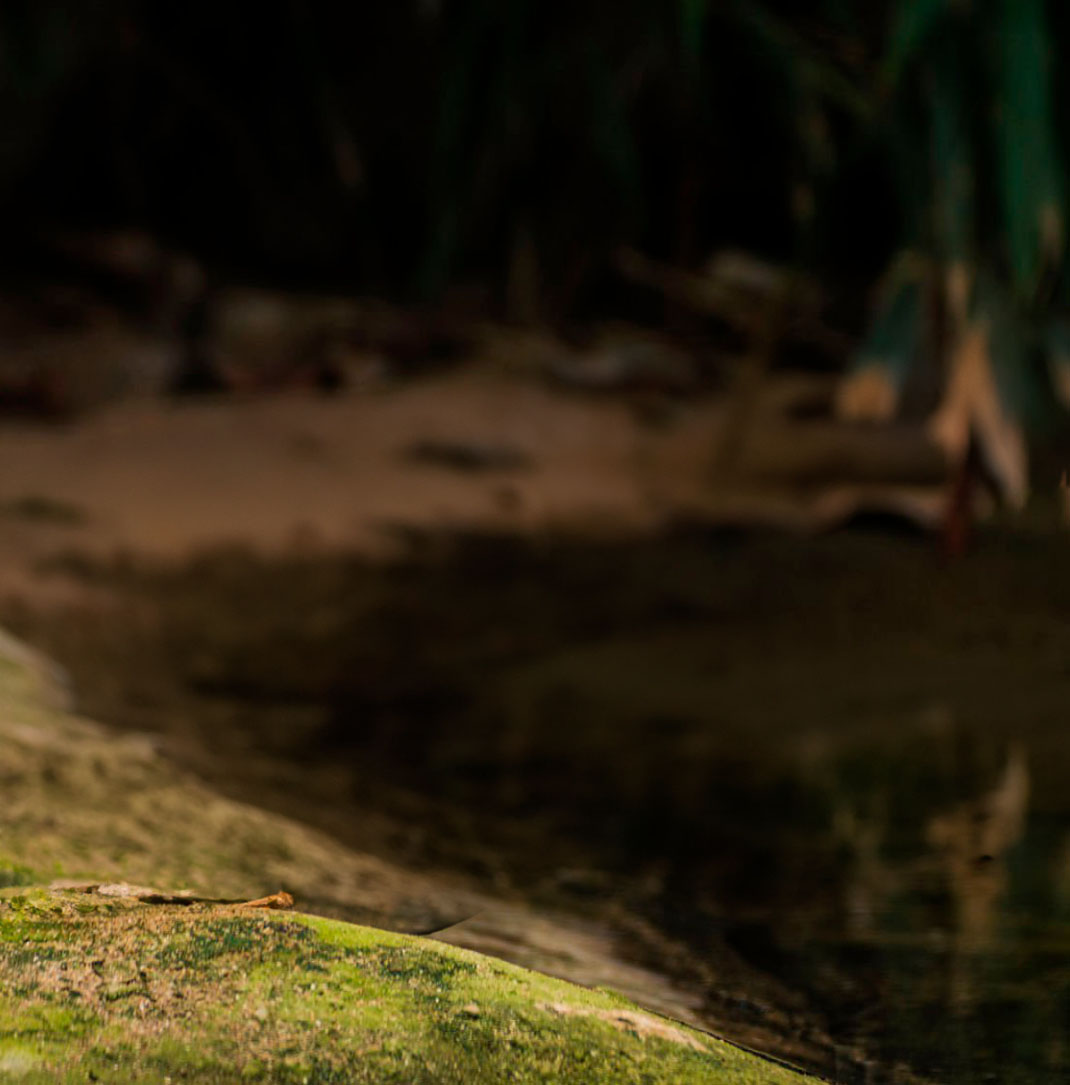
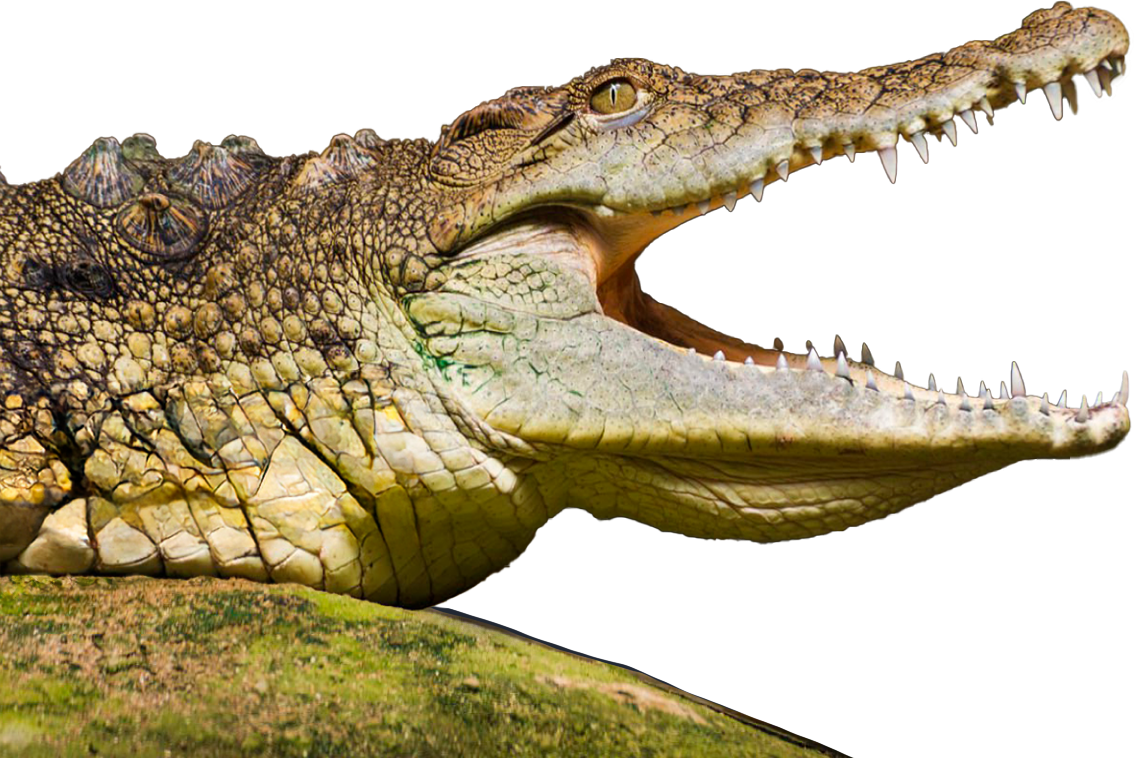
Saltwater Crocodile
To wrap up, the Saltwater Crocodile, residing along the Kinabatangan River, is recognised as the world's largest crocodile. This formidable reptile exhibits impressive hunting abilities right from hatching, demonstrating The World’s Largest Crocodile its survival skills in the wild by preying on insects, crabs, prawns, and other creatures. While primarily active at night, these crocodiles also take advantage of daylight opportunities for hunting.
For enthusiasts of wildlife observation and nature immersion, we strongly endorse considering the Borneo Big 5 tour!
ABOUT BORNEO BIG 5
Meet The
Animals
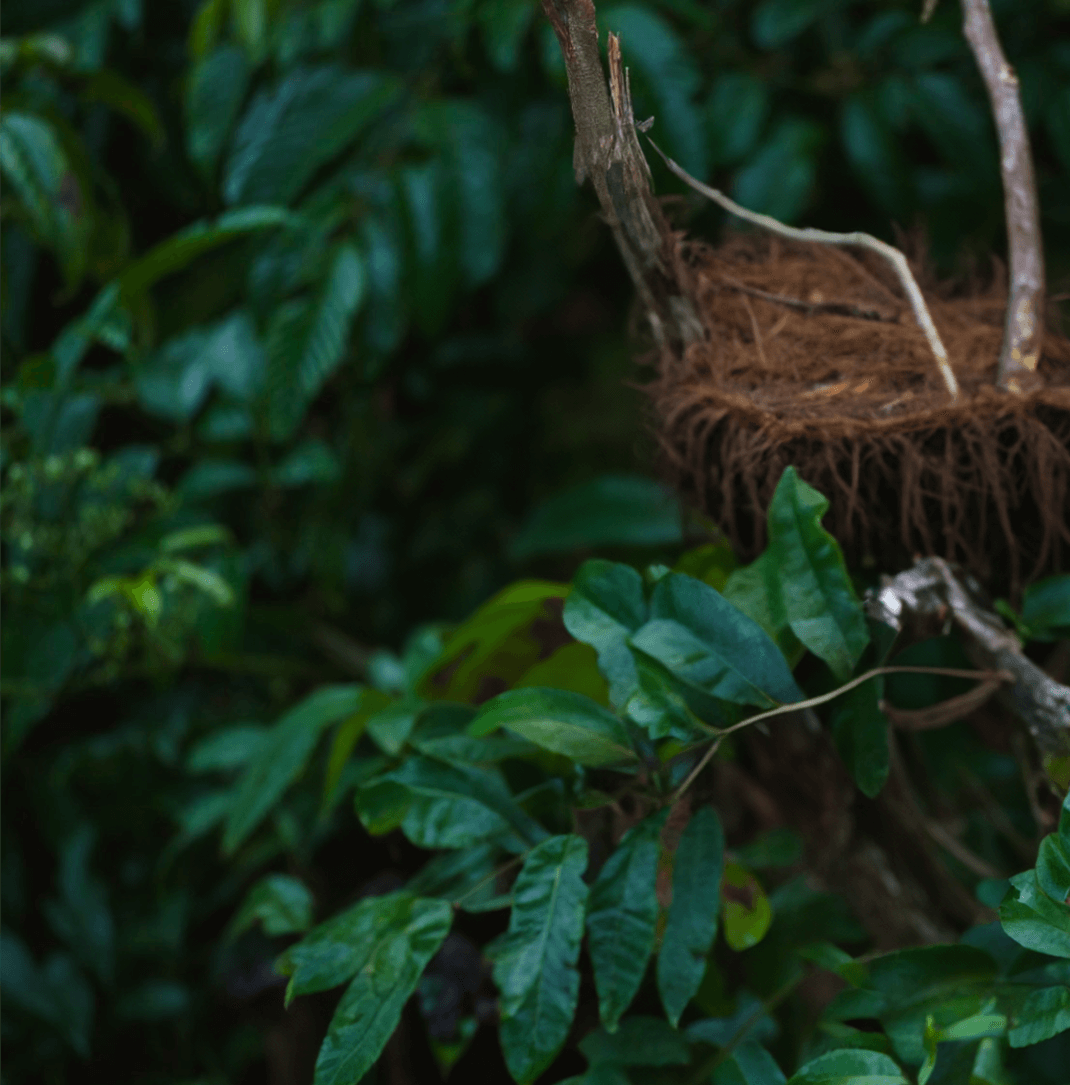
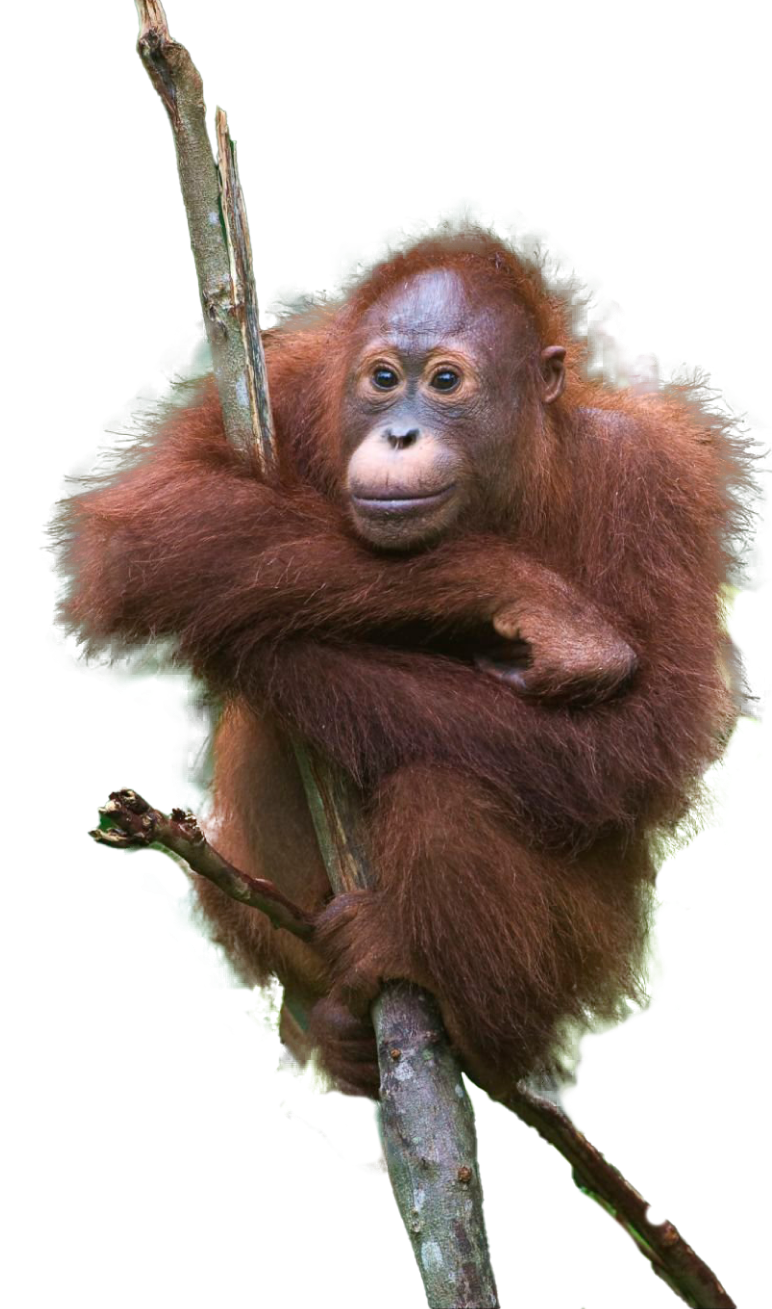
Orangutan
The Orangutan, also known as the 'Man of the Forest,' is a significant member of the Big 5. These unique creatures are exclusive to the islands of Borneo and Sumatra in Southeast Asia. ‘Man of the Forest’ Unlike other great apes like gorillas and chimpanzees, orangutans prefer a solitary lifestyle. Mother orangutans, in particular, maintain a close relationship with their offspring for an extended period, up to eight years, surpassing the bonding observed in other great apes. Unfortunately, the orangutan population faces a critical endangerment status, primarily due to extensive deforestation threatening their natural habitat, leaving many of these magnificent creatures without a home.
Illegal poaching and the pet trade compound the issue, leading to the tragic deaths of mother orangutans and the subsequent orphaning of their young. To address these challenges, the Sepilok Orangutan Rehabilitation Centre was established, dedicated to caring for orphaned, displaced, and injured wild orangutans.
ABOUT BORNEO BIG 5
Meet The
Animals
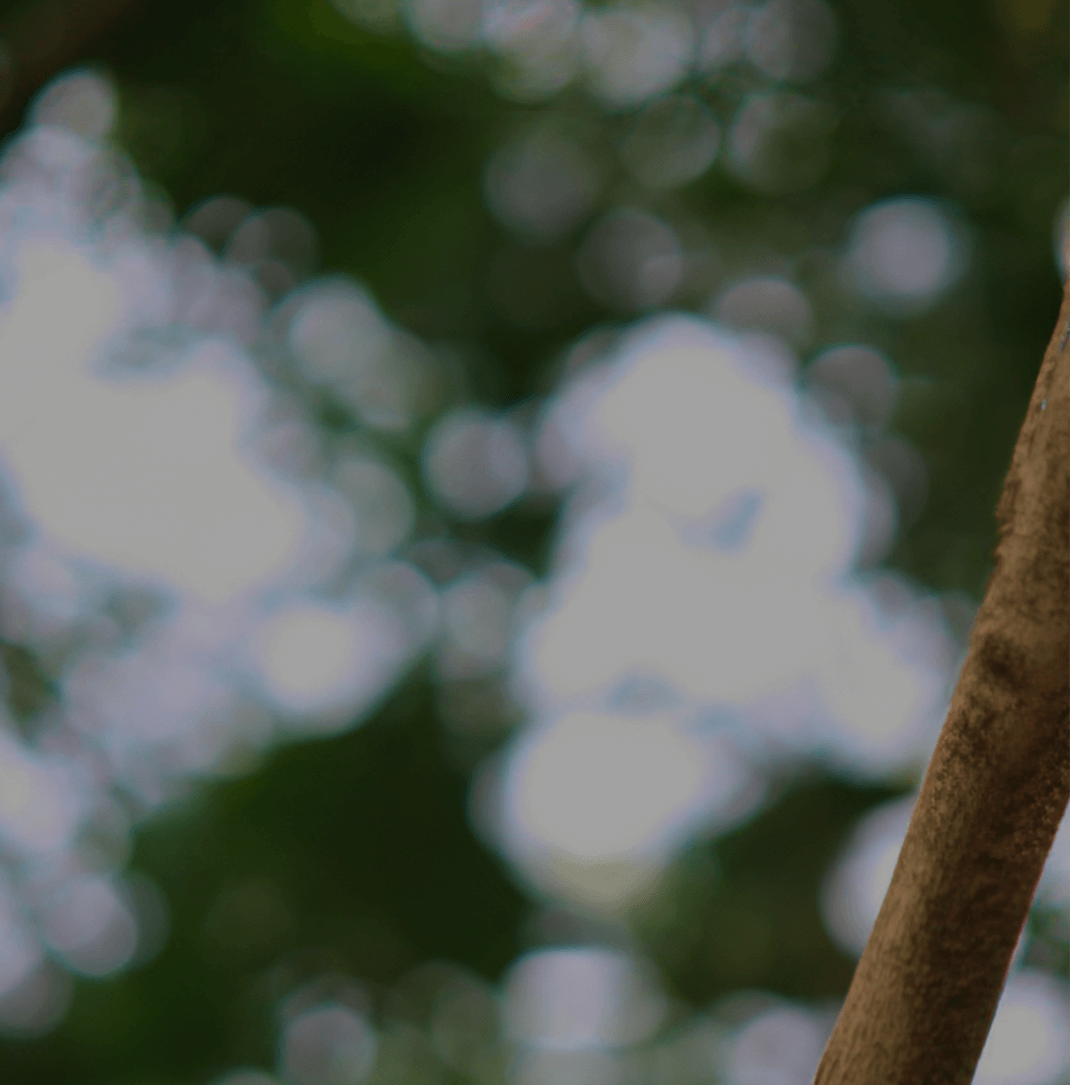
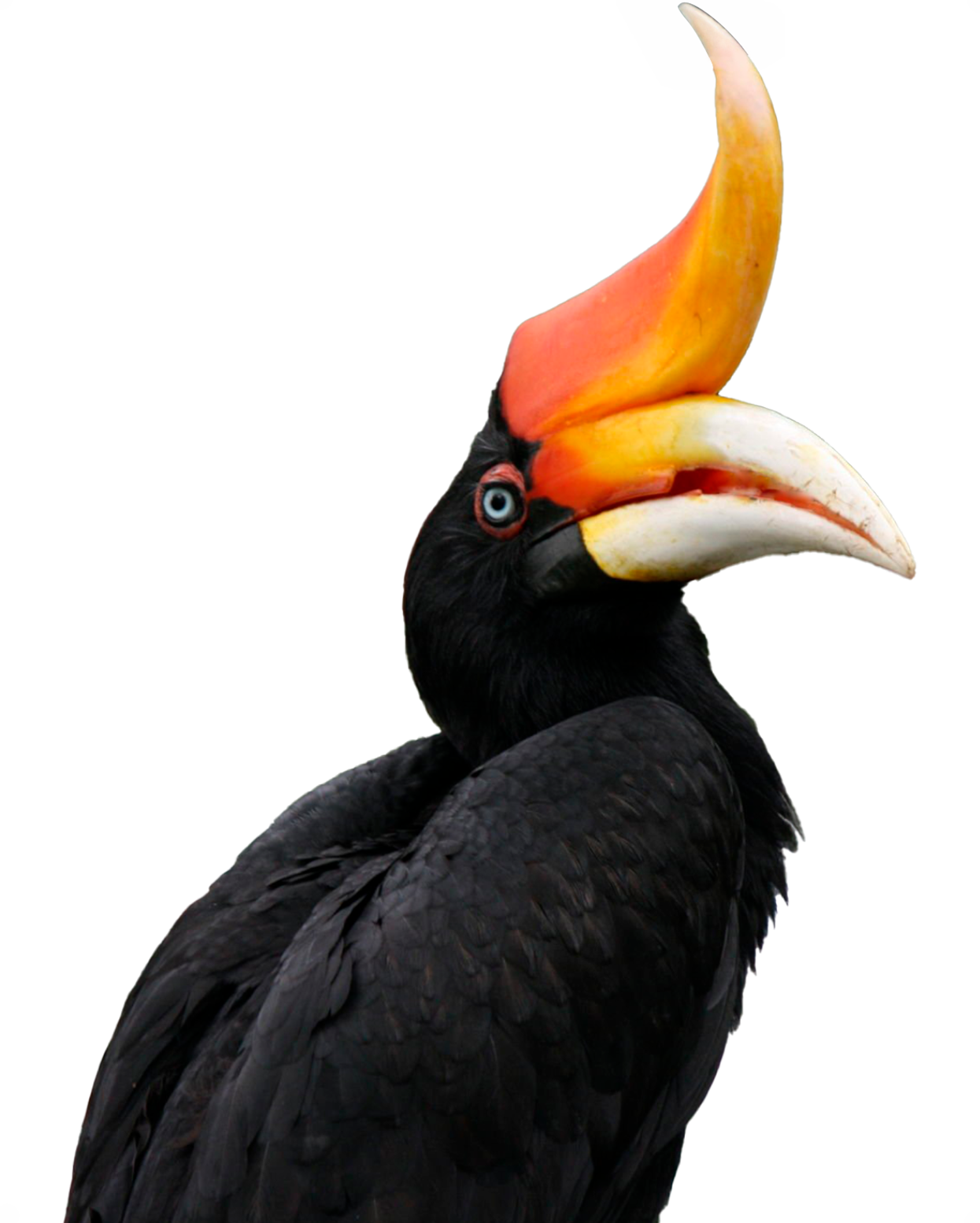
Rhinoceros Hornbill
The Rhinoceros Hornbill, a magnificent member of the Borneo 5, holds the distinction of being the world's largest hornbill, nearly The National Bird of Sarawak, Borneo. matching the size of a full-grown swan. Distinguished by its unique yellow-golden horn, called a casque, positioned on its head just above the beak, this hornbill's casque is hollow, serving as a chamber to amplify its calls. Recognized as the National Bird of Sarawak, Borneo, this majestic bird faces challenges common to Borneo's wildlife, including threats from habitat loss and hunting.
ABOUT BORNEO BIG 5
Meet The
Animals
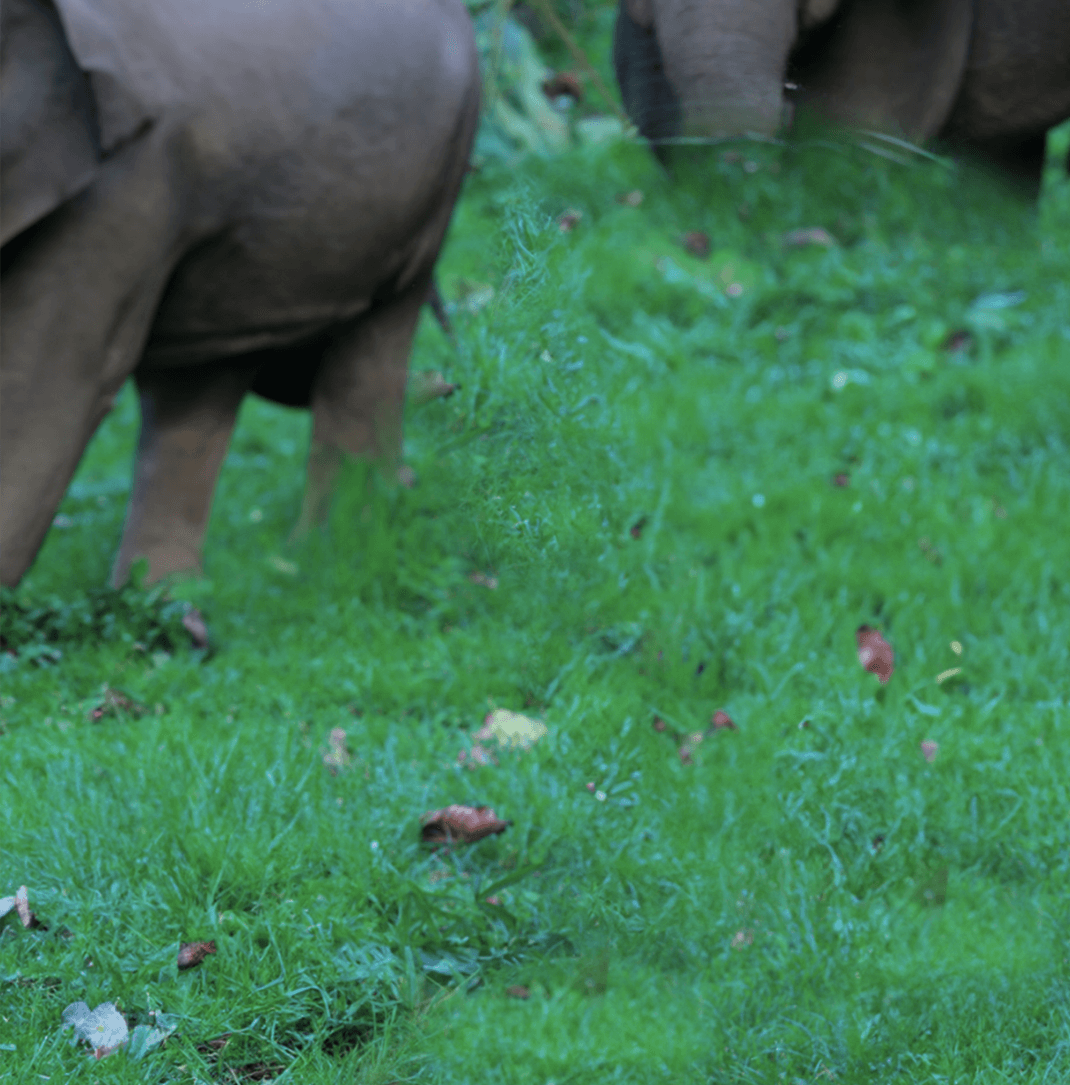
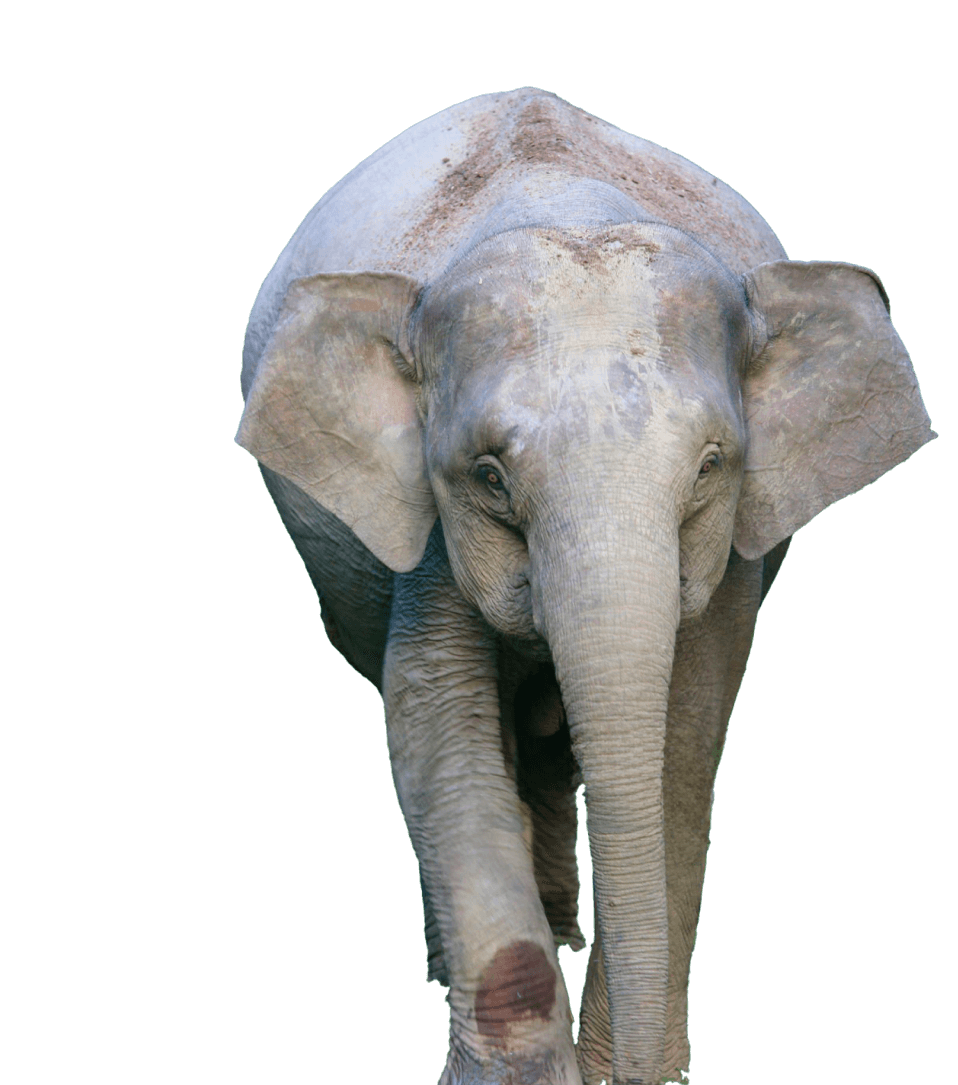
Pygmy Elephant
Borneo Pygmy Elephants, the largest mammals in Borneo, hold the title of the world's smallest elephants. Distinguishing features include smaller faces, which accentuate their seemingly larger ears, longer tails that may The Smallest Elephants in the World touch the ground, and straighter tusks in comparison to their counterparts. Unfortunately, these majestic creatures are currently under threat from habitat loss and poaching. Ongoing and intensified conservation efforts are in place to safeguard the well-being of these Borneo giants.
ABOUT BORNEO BIG 5
Meet The
Animals

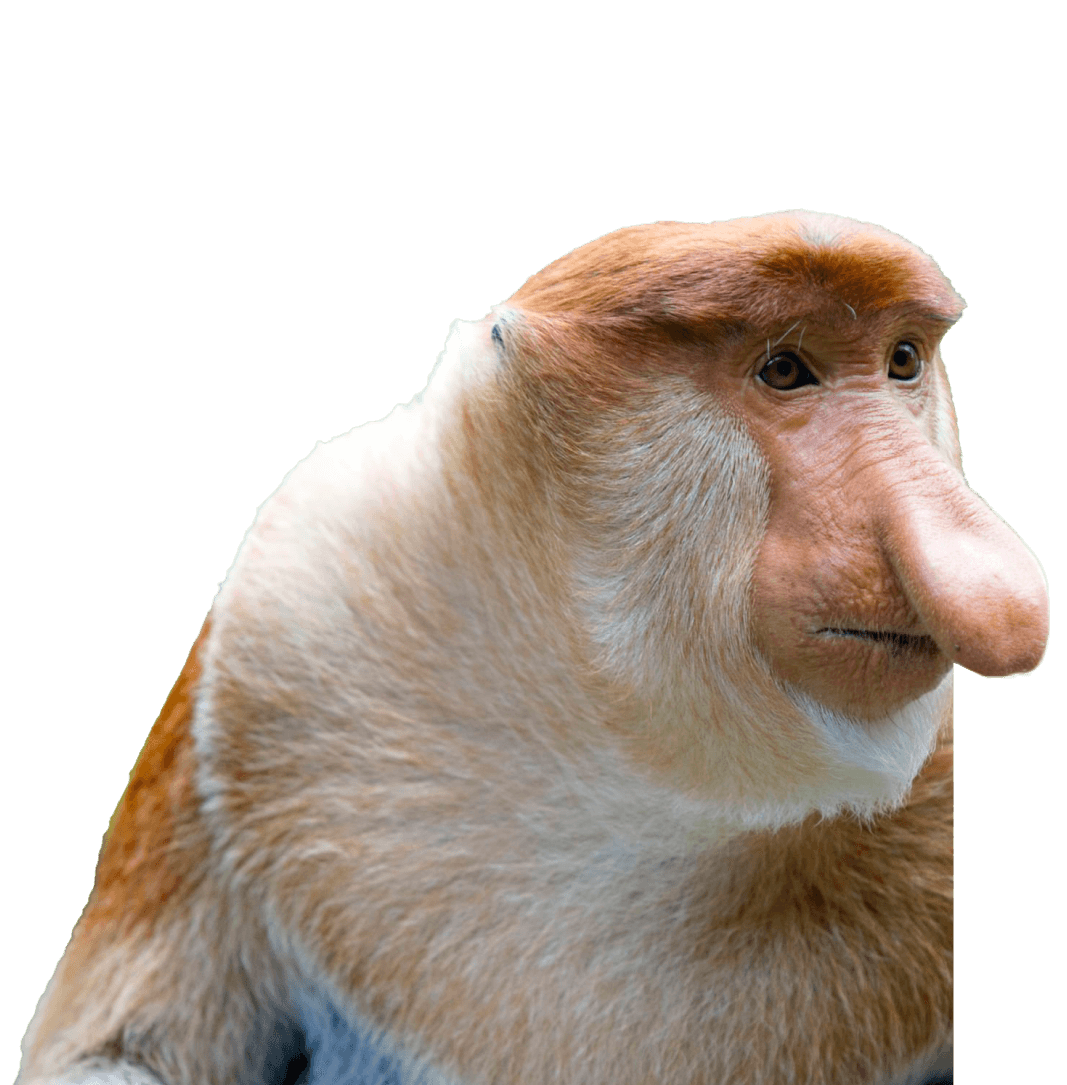
Proboscis Monkey
Labeled as 'The World’s Weirdest Monkey,' the Proboscis Monkey distinguishes itself from other monkeys primarily through its unique feature – its nose. ‘The World’s Weirdest Monkey’ Notably, male proboscis monkeys sport larger noses compared to their female counterparts, and within the proboscis monkey world, nose size holds considerable importance. Female proboscis monkeys exhibit a preference for mating with males featuring larger noses, which scientists propose act as chambers amplifying their calls.
Aside from their distinctive noses, proboscis monkeys possess webbed feet, enhancing their swimming capabilities, especially in evading crocodiles. Regrettably, NatGeo reports a significant decline in proboscis monkey populations over the past 40 years, raising concerns. Currently shielded from hunting or capture in Borneo, these monkeys hold an endangered species status.
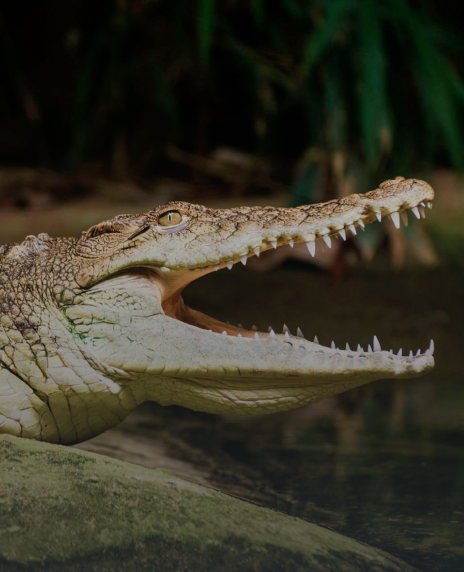
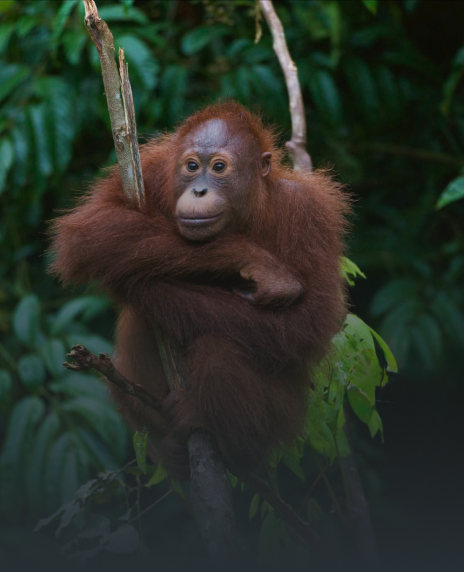
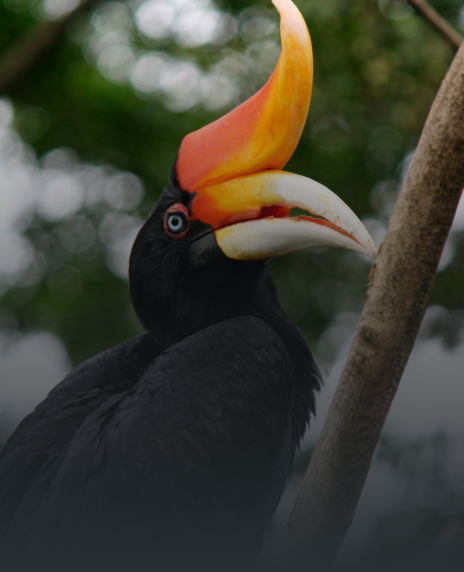
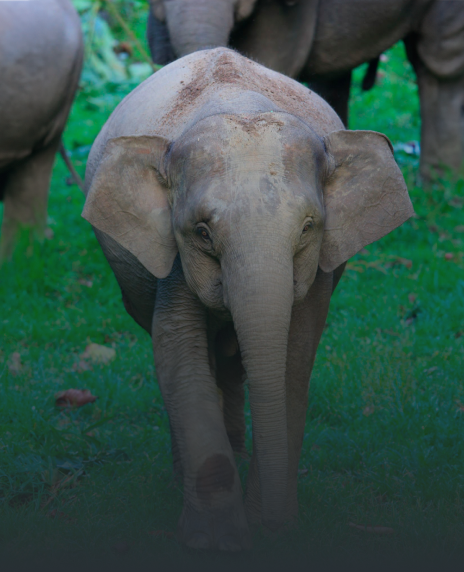
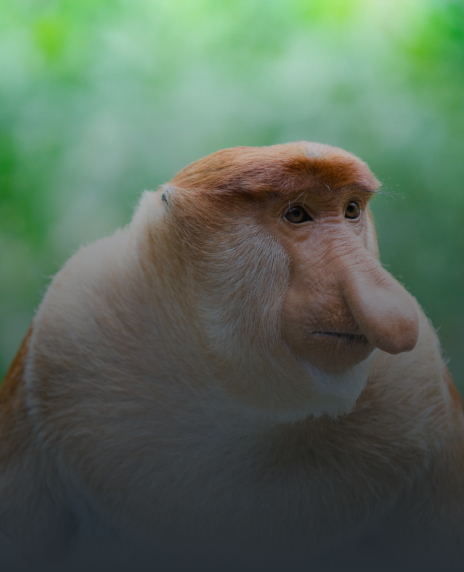
ABOUT BORNEO BIG 5
Meet The
Animals
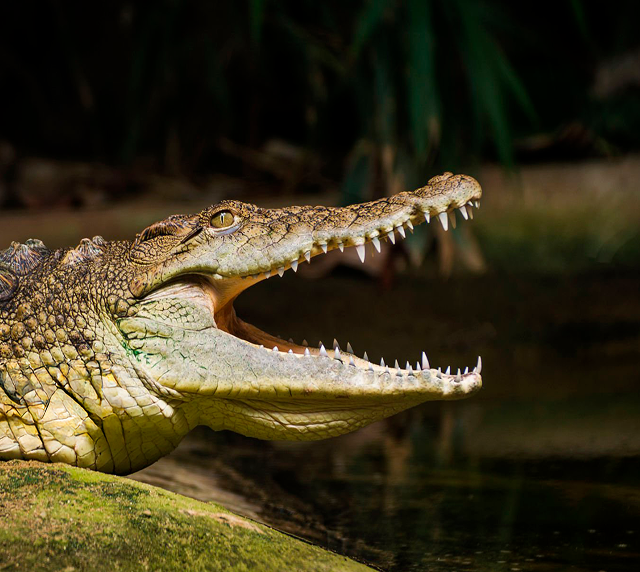
Saltwater Crocodile
To wrap up, the Saltwater Crocodile, residing along the Kinabatangan River, is recognised as the world's largest crocodile. This formidable reptile exhibits impressive hunting abilities right from hatching, demonstrating The World’s Largest Crocodile its survival skills in the wild by preying on insects, crabs, prawns, and other creatures. While primarily active at night, these crocodiles also take advantage of daylight opportunities for hunting.
For enthusiasts of wildlife observation and nature immersion, we strongly endorse considering the Borneo Big 5 tour!
ABOUT BORNEO BIG 5
Meet The
Animals
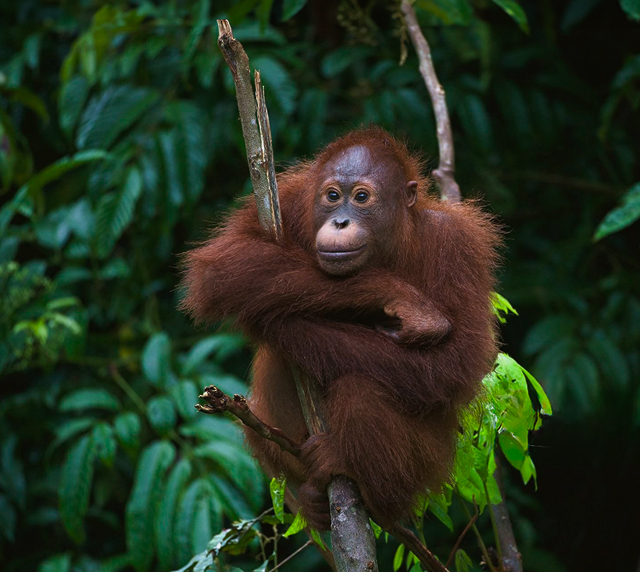
Orangutan
The Orangutan, also known as the 'Man of the Forest,' is a significant member of the Big 5. These unique creatures are exclusive to the islands of Borneo and Sumatra in Southeast Asia. Unlike other great apes like gorillas and chimpanzees, orangutans prefer a solitary lifestyle. ‘Man of The Forest’ Mother orangutans, in particular, maintain a close relationship with their offspring for an extended period, up to eight years, surpassing the bonding observed in other great apes.
Unfortunately, the orangutan population faces a critical endangerment status, primarily due to extensive deforestation threatening their natural habitat, leaving many of these magnificent creatures without a home. Illegal poaching and the pet trade compound the issue, leading to the tragic deaths of mother orangutans and the subsequent orphaning of their young. To address these challenges, the Sepilok Orangutan Rehabilitation Centre was established, dedicated to caring for orphaned, displaced, and injured wild orangutans.
ABOUT BORNEO BIG 5
Meet The
Animals
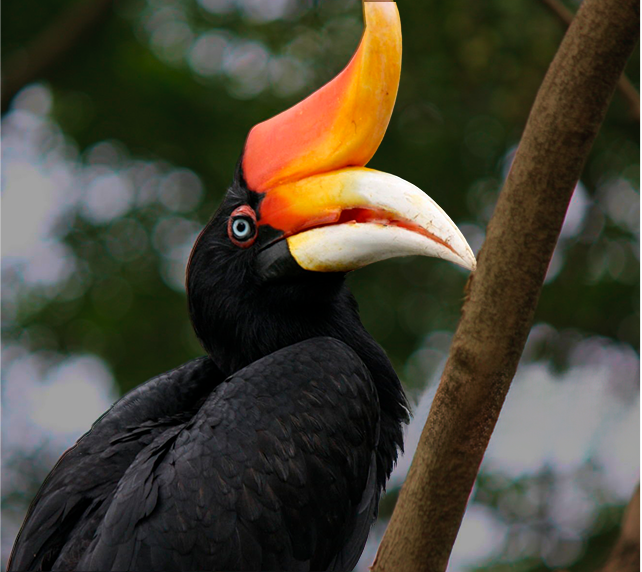
Rhinoceros Hornbill
The Rhinoceros Hornbill, a magnificent member of the Borneo 5, holds the distinction of being the world's largest hornbill, nearly matching the size of a full-grown swan. Distinguished by its unique yellow-golden horn, called a The National Bird of Sarawak, Borneo. casque, positioned on its head just above the beak, this hornbill's casque is hollow, serving as a chamber to amplify its calls. Recognized as the National Bird of Sarawak, Borneo, this majestic bird faces challenges common to Borneo's wildlife, including threats from habitat loss and hunting.
ABOUT BORNEO BIG 5
Meet The
Animals
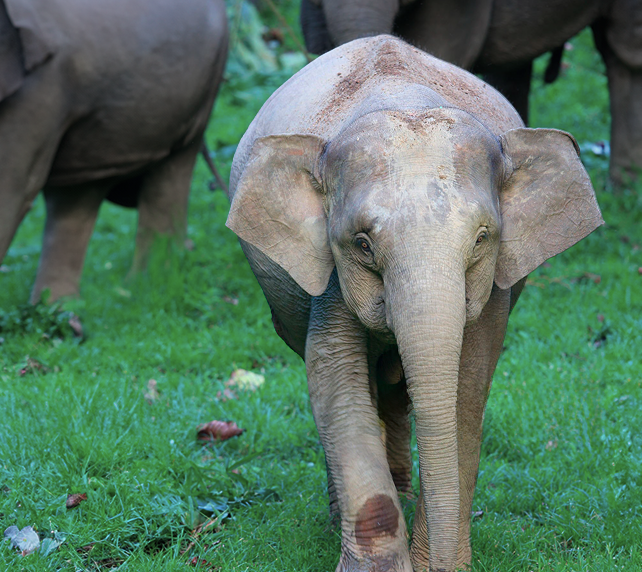
Pygmy Elephant
Borneo Pygmy Elephants, the largest mammals in Borneo, hold the title of the world's smallest elephants. Distinguishing features include smaller faces, which accentuate their seemingly larger ears, longer tails that may The Smallest Elephants in the World touch the ground, and straighter tusks in comparison to their counterparts. Unfortunately, these majestic creatures are currently under threat from habitat loss and poaching. Ongoing and intensified conservation efforts are in place to safeguard the well-being of these Borneo giants.
ABOUT BORNEO BIG 5
Meet The
Animals
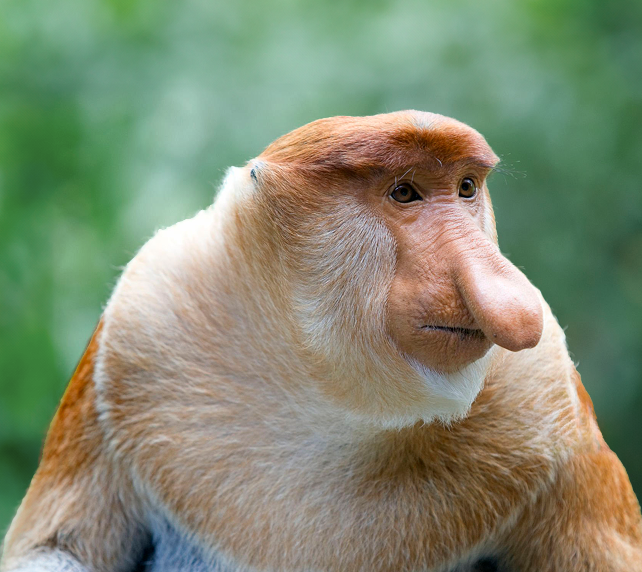
Proboscis Monkey
Labeled as 'The World’s Weirdest Monkey,' the Proboscis Monkey distinguishes itself from other monkeys primarily through its unique feature – its nose. Notably, male proboscis monkeys sport larger noses ‘The World’s Weirdest Monkey’ compared to their female counterparts, and within the proboscis monkey world, nose size holds considerable importance. Female proboscis monkeys exhibit a preference for mating with males featuring larger noses, which scientists propose act as chambers amplifying their calls.
Aside from their distinctive noses, proboscis monkeys possess webbed feet, enhancing their swimming capabilities, especially in evading crocodiles. Regrettably, NatGeo reports a significant decline in proboscis monkey populations over the past 40 years, raising concerns. Currently shielded from hunting or capture in Borneo, these monkeys hold an endangered species status.

Crocodile




Monkey


